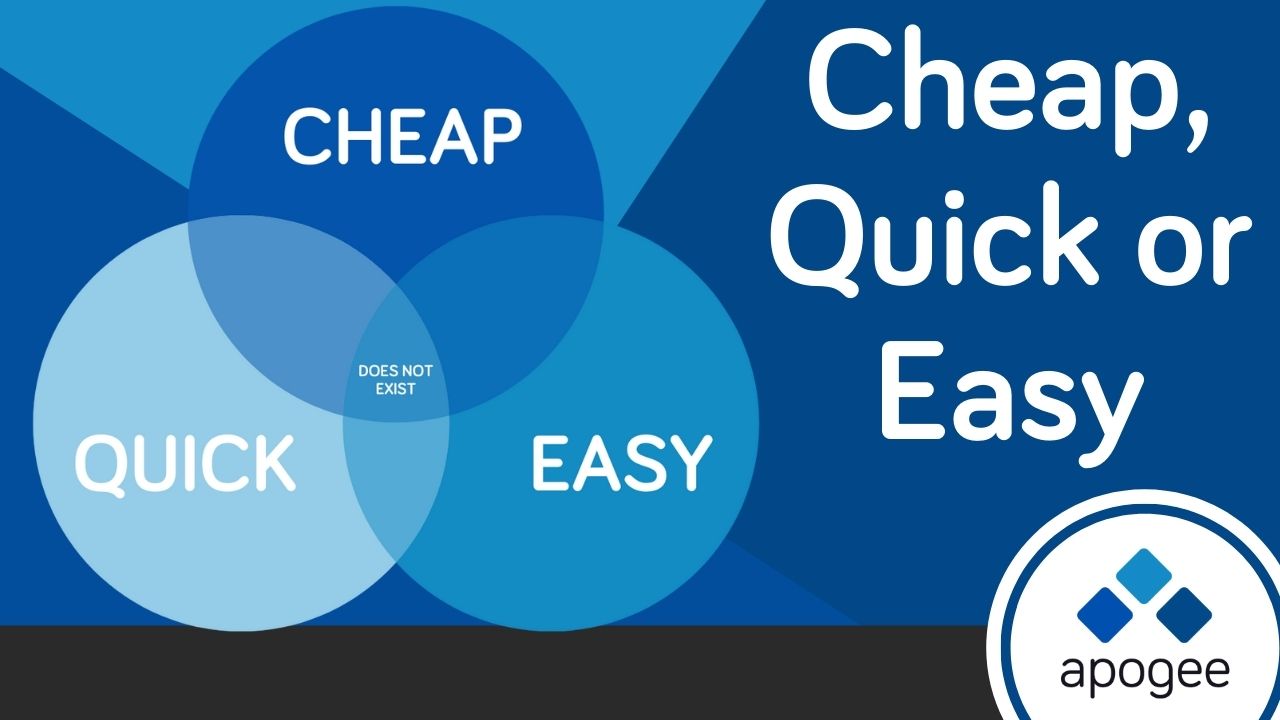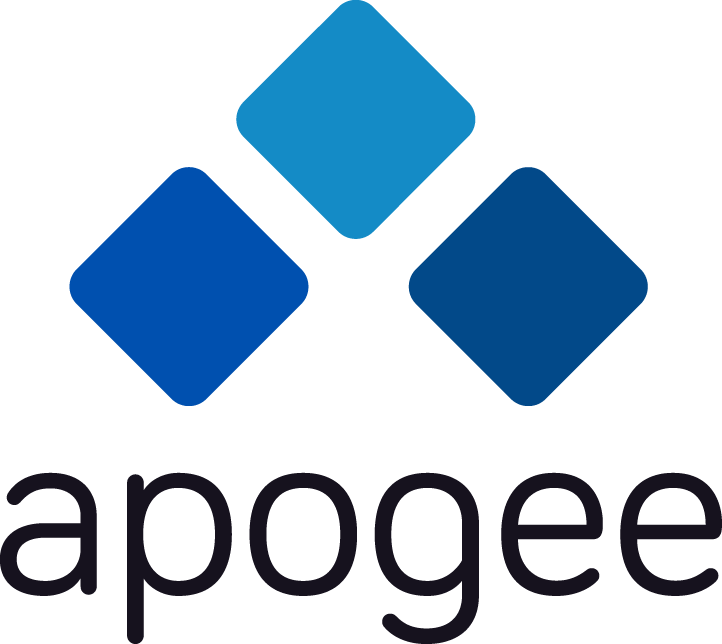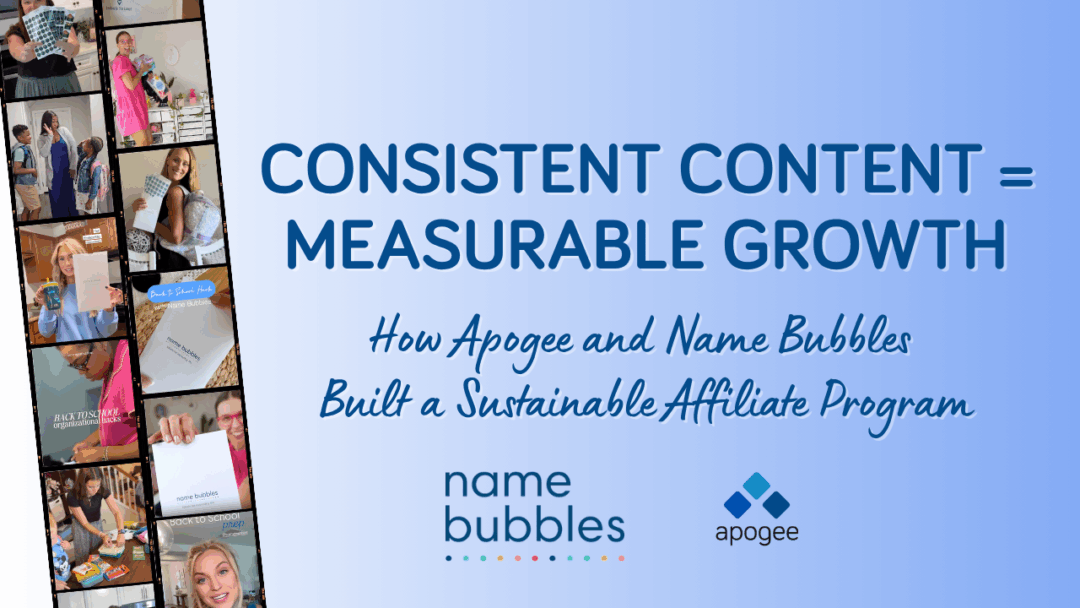
Cheap, Quick, or Easy
March 9, 2022
Understanding Affiliates
August 18, 2022Starting an affiliate program is one of the best business marketing strategies for today’s e-commerce market. An affiliate program has the potential for tremendous results at a fraction of the cost of many other paid media channels, but it is crucial to understand what affiliate marketing truly is in order to have realistic expectations of what you can gain.
A Side Dish, Not the Main Course
The most important thing to remember about the affiliate marketing channel is that while it is a powerful tool for generating revenue, it is still only one part of a much bigger picture. Your affiliate program will enhance your existing DTC sales but should never be considered a single main sales driver. This is due to two significant factors: the evolving ecosystem of affiliate marketing and unpredictable customer behavior.
The line between PR and affiliate becomes more blurred every day while customer behavior changes and is influenced by multiple factors. For an affiliate program to succeed and perform at the highest potential, it is important to keep all of these things in mind. Instead of fighting against the current, embrace the new opportunities with a digital marketing agency that understands.
The Affiliate Ecosystem
Gone are the days of affiliate marketing only being utilized by website owners grinding out SEO content and dominating search engines. Instead, affiliate marketing has evolved to become a mosaic of SEO content writers, social media personalities, influencers, bloggers, strategic media compilations, and global savings and reward sites.
In our article affiliate marketing vs. influencer marketing, we look more into how the lines between these channels have been blurred and how combining efforts is the best strategy for maximizing the benefits of both. It is an outdated approach to think that the two channels are separate when the truth is that they work hand in hand on a daily basis.
This is why all your marketing efforts should be handled by one agency. However, if multiple agencies are in play, they should at least be in close communication and work together for a common goal. Without this strategy, your marketing will feel disjointed to you as the business owner and to customers who may be seeing multiple messages around your brand.
Customer Behavior
The other aspect to remember when looking at the impact of affiliate marketing is customer behavior. While affiliate networks are superior in tracking click-driven conversions, customer behavior varies far beyond what any attribution model can genuinely track.
Here are a few examples where an affiliate has influenced a sale, but customer behavior prevents that sale from being attributed to the affiliate channel:
- A customer is scrolling TikTok on her lunch break and sees an Influencer showing how much they love a product. Since TikTok does not allow for links in videos, that customer may simply close the TikTok app and open a web browser to go to the site to purchase. While the affiliate influenced the sale on TikTok, the customer behavior prevented that sale from being tracked through the affiliate channel.
- A customer may see the same video on TikTok, go to the creator’s bio to click, but then walk to her desktop to place the order where her credit card is saved. This again was an affiliate-influenced purchase that, due to customer behavior, would not be attributed to the channel.
- A customer sees an Instagram Story and clicks the link to visit the site with the intentions of purchasing later—such as an upcoming holiday or maybe simply waiting until their next payday to buy, which could be outside of the tracking period for the affiliate links. Then later, because of retargeting campaigns run by the brand, the customer may see an ad on Facebook or Instagram later reminding them about the item they saw on Instagram. Then, the customer clicks through from Facebook and places the order. This sale was again influenced by the affiliate on Instagram who started the customer journey but will be attributed to the Facebook ad due to the customer’s behavior.
- A customer sees a YouTube video and visits your website where they are prompted to enter their email address for a discount code. If they use that code immediately, it is possible that code will override the affiliate code they intended to use—which would have given attribution. Or they may see an email from you later from their desktop, again reminding them of the product they saw on YouTube, and they click your email and purchase. This, again, is a sale inspired by an affiliate but customer behavior prevented the sale from tracking to the affiliate channel.
- A customer sees an Influencer sharing about a product on their favorite social media platform and immediately hops over to Amazon, where they search for your product and make the purchase. That influencer may get the commission as an Amazon Associate, but that will not show as a sale for your affiliate program.
These scenarios, and dozens of others just like them, are why it is essential to look at your affiliate marketing program as one part of your marketing initiative with KPIs that go beyond just the sales. Clicks, impressions, and engagement are just as important as the sales to determine if your affiliate program is successful. Since brand awareness is integral to the sales process, the affiliate channel impacts the top, middle, and bottom of funnel transactions.
Clicks vs. Conversions
The goal of every affiliate is to drive quality traffic to a brand website with the hope of conversions. This is why one of the most important KPIs to manage with affiliate programs is click activity.
A good affiliate will expose your brand to their audience, inspire the audience to desire the product or service for themselves, and encourage that audience to buy. That being said, the affiliate can only do so much, and the responsibility of the conversion relies largely on the brand’s website. It is crucial to have a website that is modern, mobile-friendly, and easy to navigate. Customers should find it easy to make a purchase.
If affiliates promote products, get clicks, and your site does not convert, the affiliates may feel as if their time was wasted and not continue to promote those products to their audience. On the other hand, if an affiliate sees their audience going to your site and placing orders easily, thus earning them a commission, the affiliate will be more inclined to continue sharing about your brand.
Simply put: the easier you make the customer experience, the better the chances of affiliate traffic converting to sales.
But… Coupons.
There is great debate about using coupon, loyalty, and cash-back partners in an affiliate program. While many brands believe that a coupon partner will dilute their “premium brand” offering, the truth is that these large volume sites play an important role in the affiliate ecosystem and customer journey.
Coupon, loyalty, and cash-back partners work as closers on sales—often taking a customer from “just browsing” to placing an order. The customer either feels like they are getting a good deal or receiving a reward on the purchase; sometimes, that is all that’s needed to close the sale.
That being said, a program should never lean too heavily towards coupon, as that can dilute the brand. Instead, a healthy affiliate program should balance these types of partners, along with content, influencer, and big media publishers.
Content Creation Timelines
One of the downsides to the affiliate marketing ecosystem changing so drastically over the last few years is how it has impacted the content creation timeline. However, this is a bit of a double-edged sword in that the content is generally much better than in days past… it just takes longer to receive.
Affiliates are inundated with opportunities daily. It takes time and often multiple follow-ups to get affiliates to respond to recruiting pitches, and then it takes even more time to get their links and promotions up once they choose to join the program. Since most bloggers and influencers want to have some experience with the product before recommending it to their audience, shipping products to the affiliates and giving them time to learn and create content takes even more time.
In the same way that you want to see a return on your investment in the affiliates, the affiliates want to see a return on their investment—not only the time it takes to create content but also the time spent building and cultivating their audience. The goal is to make affiliates super fans of your brand so they will share that enthusiasm and love for the products with their audience again and again.
This is why it is important to communicate opportunities with your affiliates often to keep them informed and excited about your brand. New product launches, industry awards, big media features, and other brand happenings all give your affiliates another opportunity to share your brand with their audience.
A well-managed affiliate program will have consistent newsletters, including sales incentives, product knowledge, and bonus opportunities sent to the affiliates.
The 80/20 Rule
Like with most things, the 80/20 rule also applies to affiliate programs. Not every affiliate joining the program will get active, which is perfectly normal. This is why it is important to have an ongoing recruiting initiative to bring in new affiliates to the program and to communicate often with your affiliates to stay top of mind.
Even with the best intentions, not all creators will create content for every affiliate program they join. Without a sponsored campaign that includes the ability to give required content deadlines, you are at the mercy of the creators’ content calendar availability.
In-demand influencers may have a dozen sponsored campaigns happening at any given time, taking priority over promoting affiliate products. This is one reason why Apogee’s Hybrid Campaigns are so popular.
Big Media publishers often have content calendars planned months in advance, so while they may join a program one month, you may not see content from them until 2-3 seasons later.
Slow and Steady Wins The Race
While all business owners want instant success in their business, it is essential to understand that affiliate marketing is a long-term game. It takes time to introduce new products and services to the ecosystem of affiliates, encourage them to create great content, and then incentivize them to continue producing great content to keep your product or service top of mind.
Depending on your customer acquisition timeline, your existing brand awareness, and your affiliate opportunity, your success will vary with the launch of a new affiliate program. A successful launch typically yields 10% to 20% growth in overall sales within 6 to 12 months.
Your goal should be for slow, steady growth with an emphasis on recruiting and increasing the number of active affiliates with clicks and sales. In a perfect world, while the merchant works on conversion, the affiliate management team builds a strong foundation of diverse affiliates with an emphasis on relevant content partners.
A Successful Partnership
The most successful affiliate programs are the ones where we truly partner with a brand and work together for a common goal. While it is true that hiring a digital marketing agency is designed to take that aspect off of your plate, it is important to meet a minimum of once a month to discuss strategy, progress, and opportunity.
We work together each month to create exciting incentives, promotions, and campaigns to keep your affiliates engaged and creating content for your brand. It is important to stay top of mind with your affiliates the same way you need to stay top of mind with your customers.
We can meet and even exceed your expectations for your affiliate marketing program by working together.




